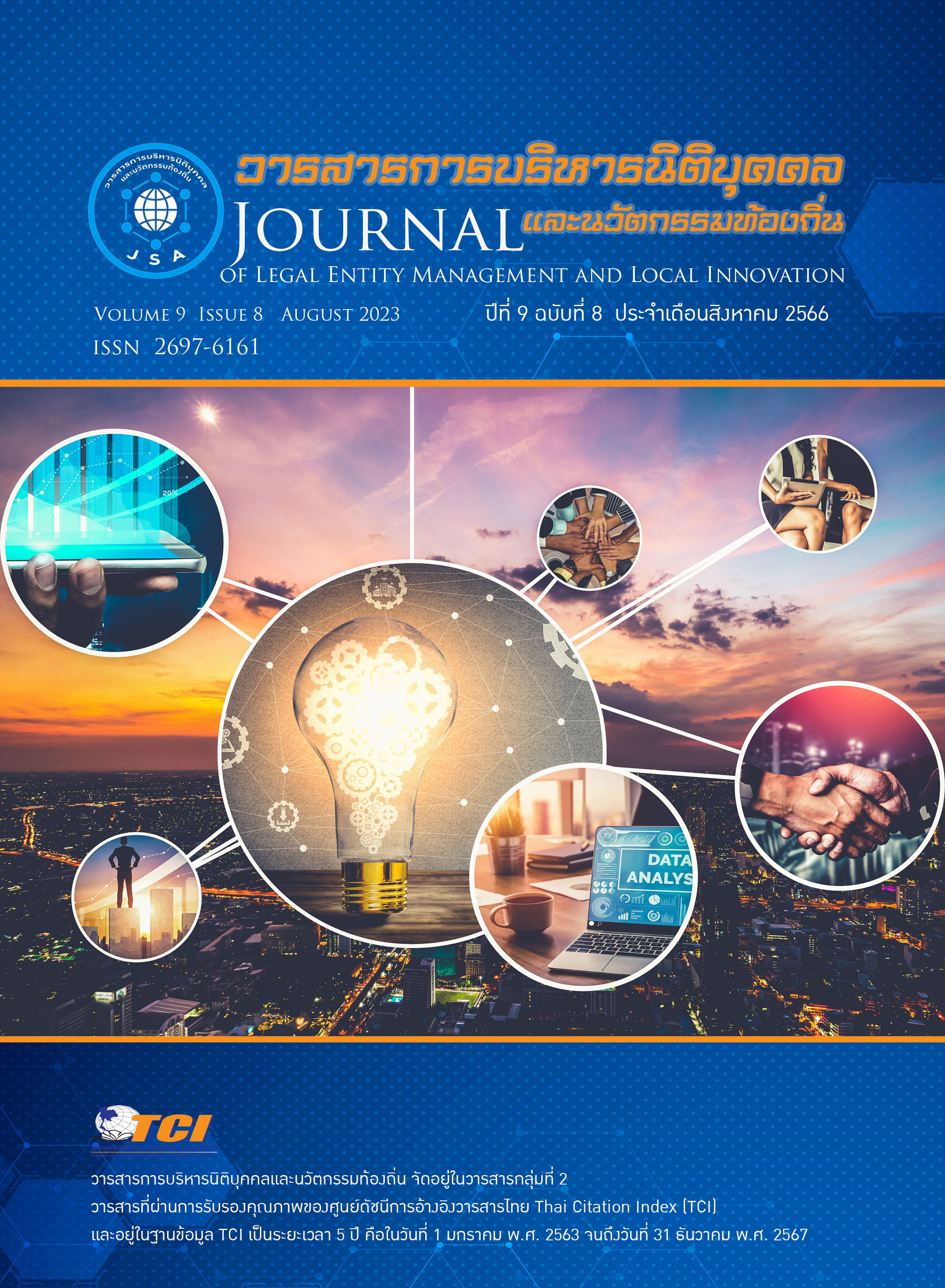The Guideline for Mobilization of Educational Resources of Small Sizes Schools that can be Self-Sustaining (Stand Alone) Uttaradit Primary Educational Service Area Office 1
Keywords:
Guideline, Mobilization educational resourcesAbstract
The objectives of this research were 1) to study the current operating conditions and the problem of mobilization of educational resources and 2) to search the guideline for mobilization of educational resources of small sizes schools that can be self-sustaining (Stand Alone) in Uttaradit Primary Educational Service Area Office 1. This research was mixed method. The population used for phase 1 were school principals and teachers working in small sizes schools that can be self-sustaining (Stand Alone) in Uttaradit Primary Educational Service Area Office 1, academic year 2022, 65 schools, total of 317 people. Phase 2 the sample group was derived from purposive sampling were school principals in small sizes schools with best practice in mobilization of educational resources, total 6 people. The research tools were questionnaires and interviews. Data were analyzed using frequency, percentage, mean, standard deviation and content analysis.
The results showed that 1) the current operating conditions in mobilization of educational resources were overall high level with an average of 4.070 while the problem of mobilization of educational resources was overall low level with an average of 2.229.
2) The guideline for mobilization of educational resources of small sizes schools that can be self-sustaining (Stand Alone) in Uttaradit Primary Educational Service Area Office 1 have 7 parts, including 1) Study, problem and needs analysis 2) Alternative analysis 3) Appointment of committees or working groups 4) Making plan 5) Implement the plan 6) Monitoring auditing and evaluation and 7) Summarizing and reporting results. The community participates in every parts. Therefore, schools should build a good relationship with the community and invite them to join thinking, planning, making decision, implementation, monitoring, evaluation and conclusions about mobilization of educational resources in school.


